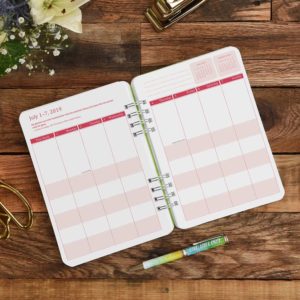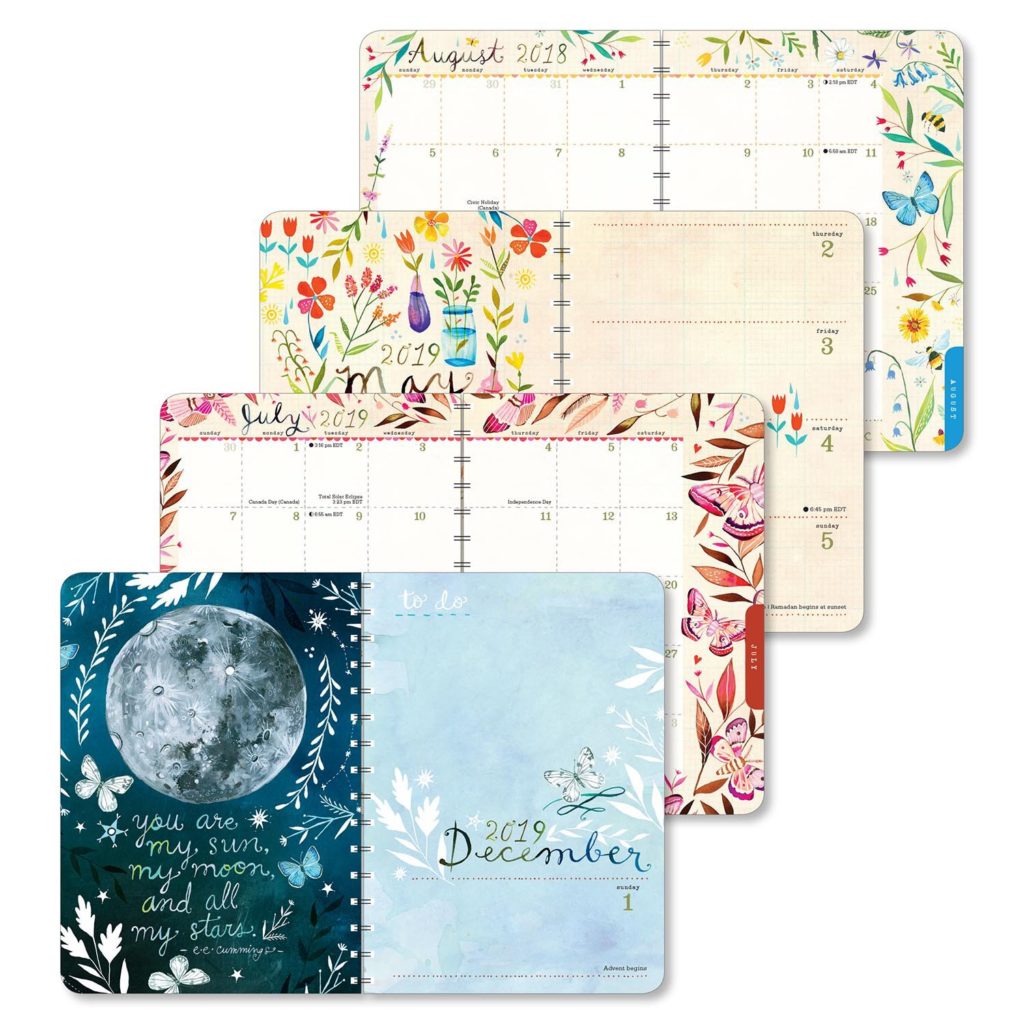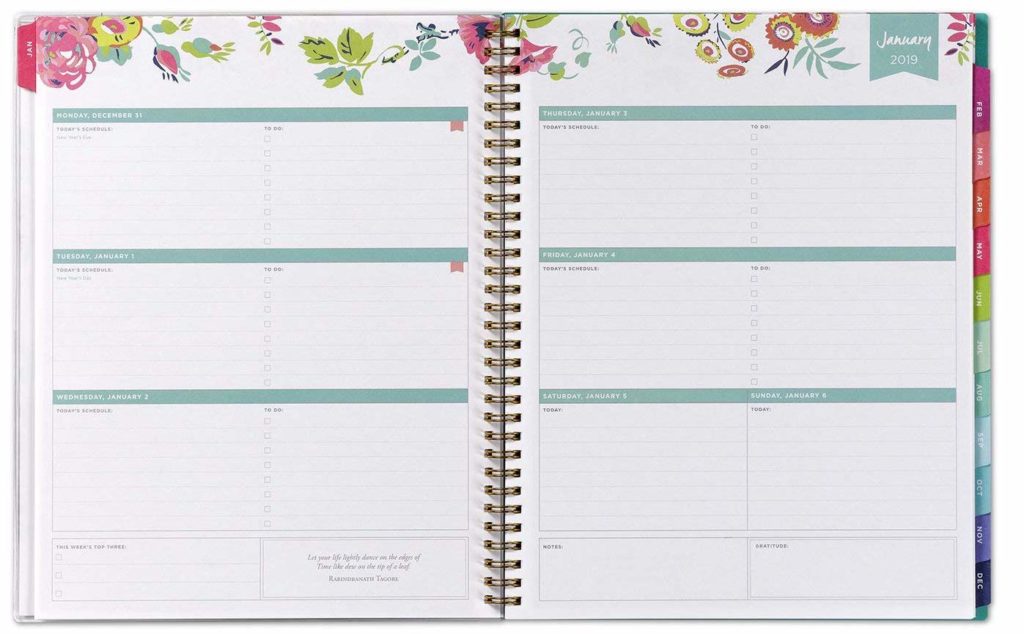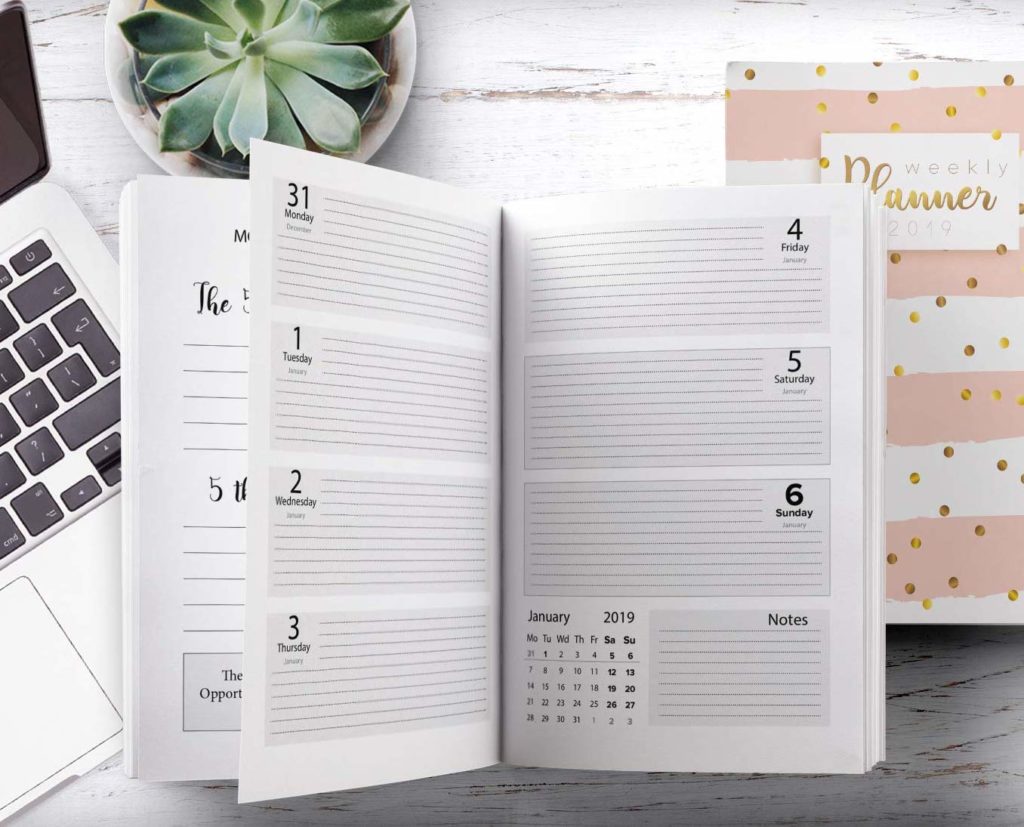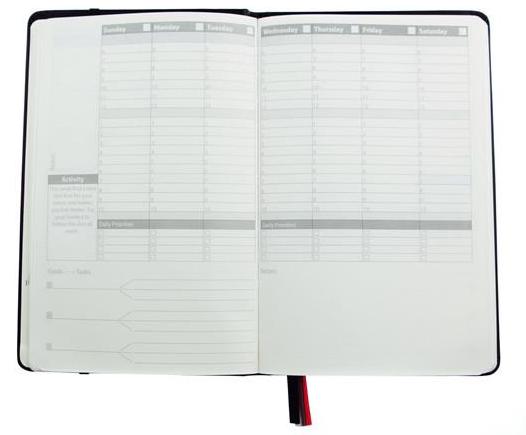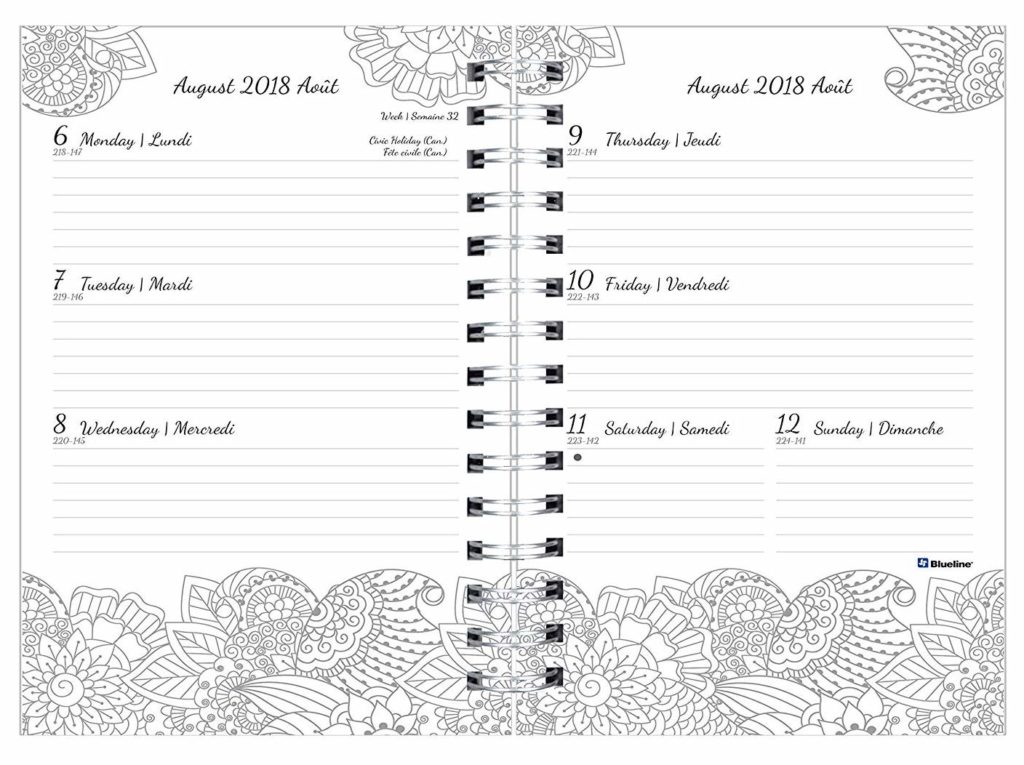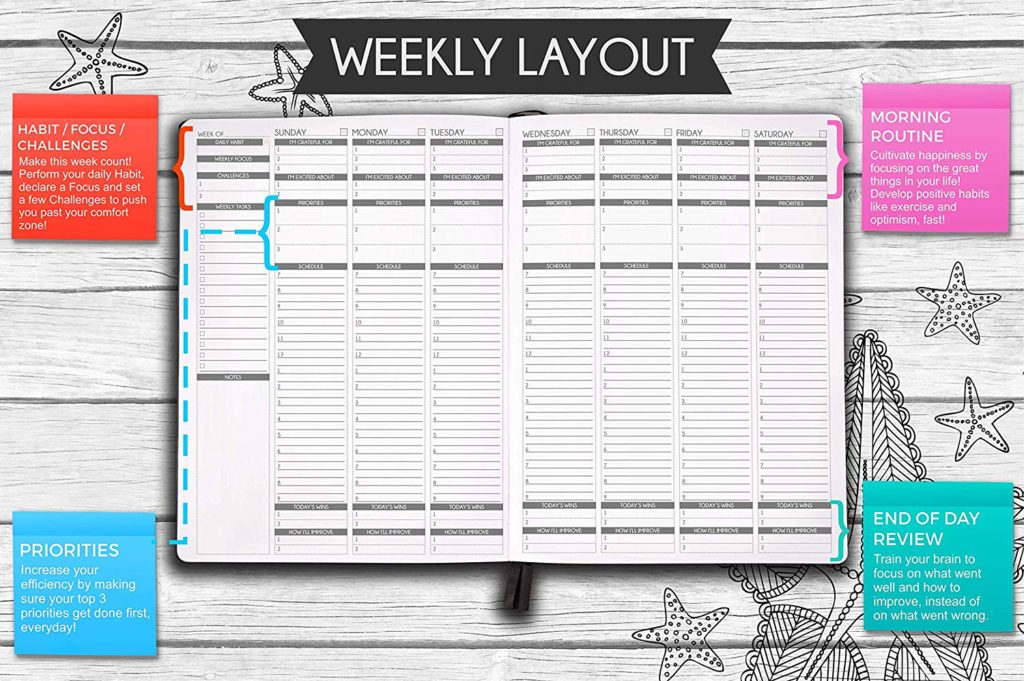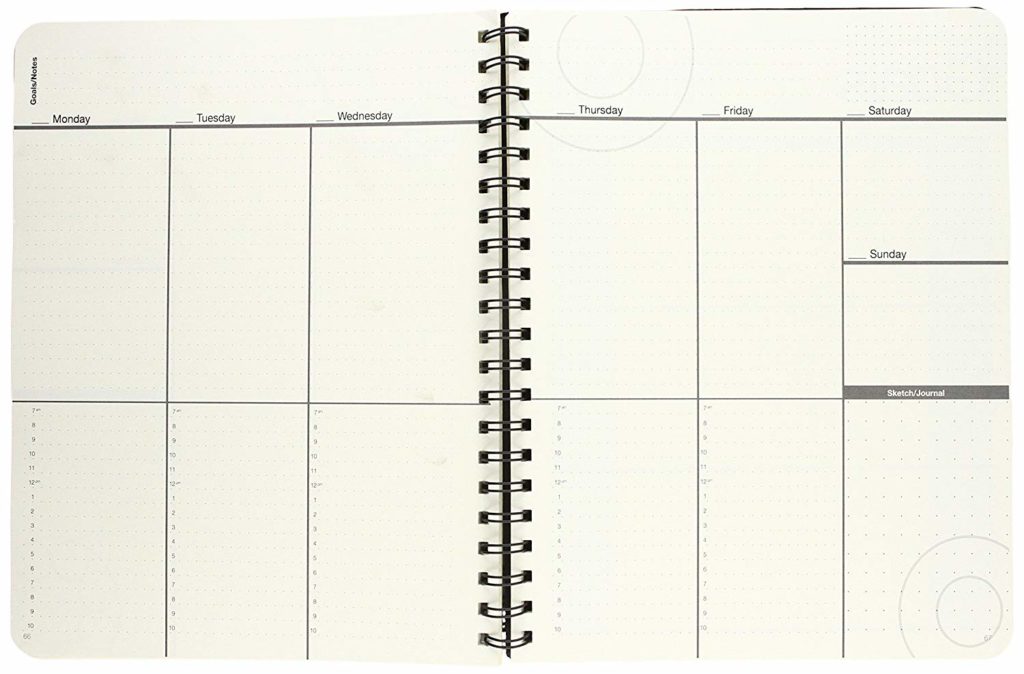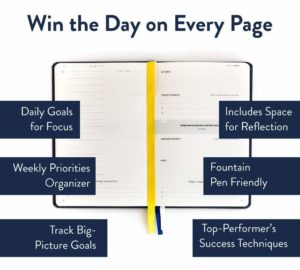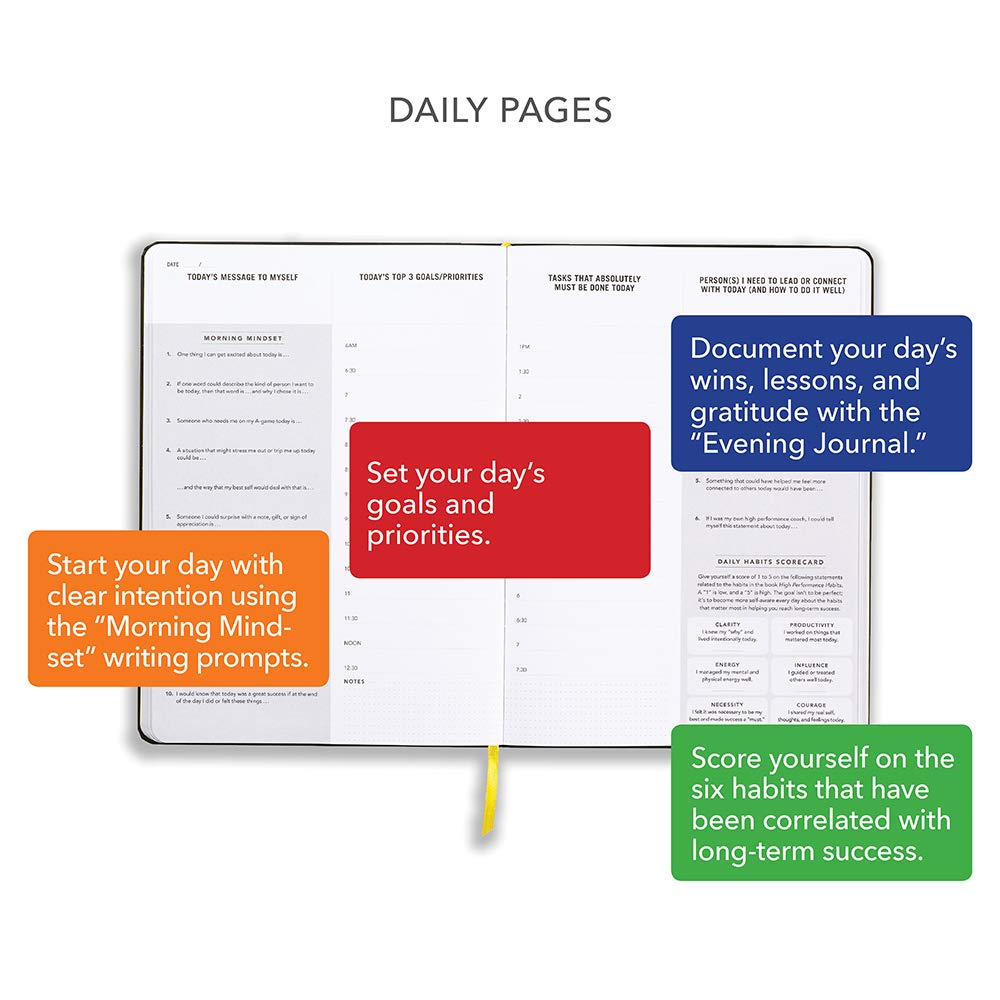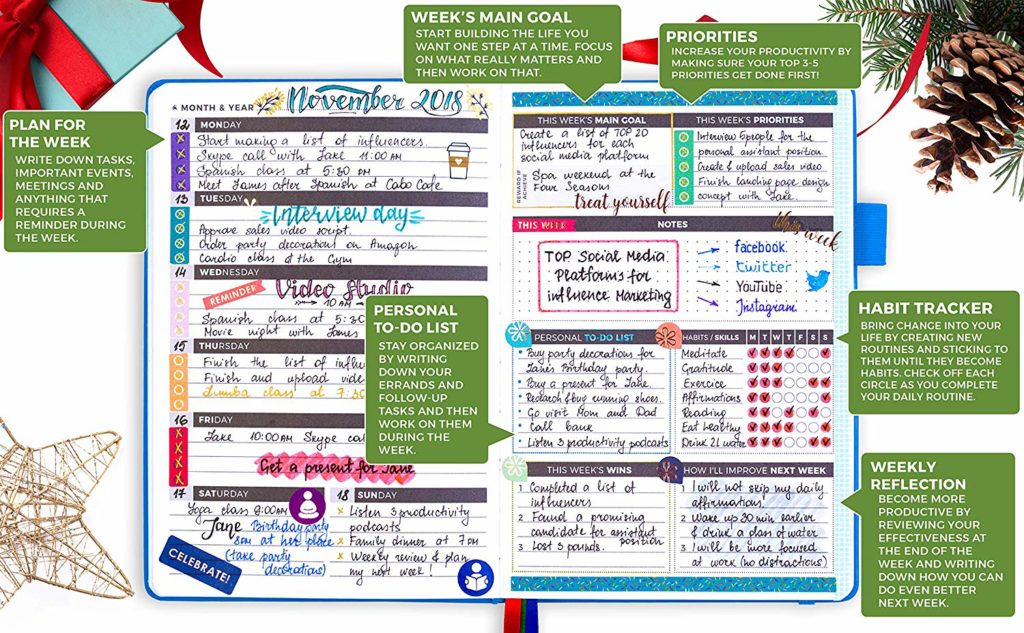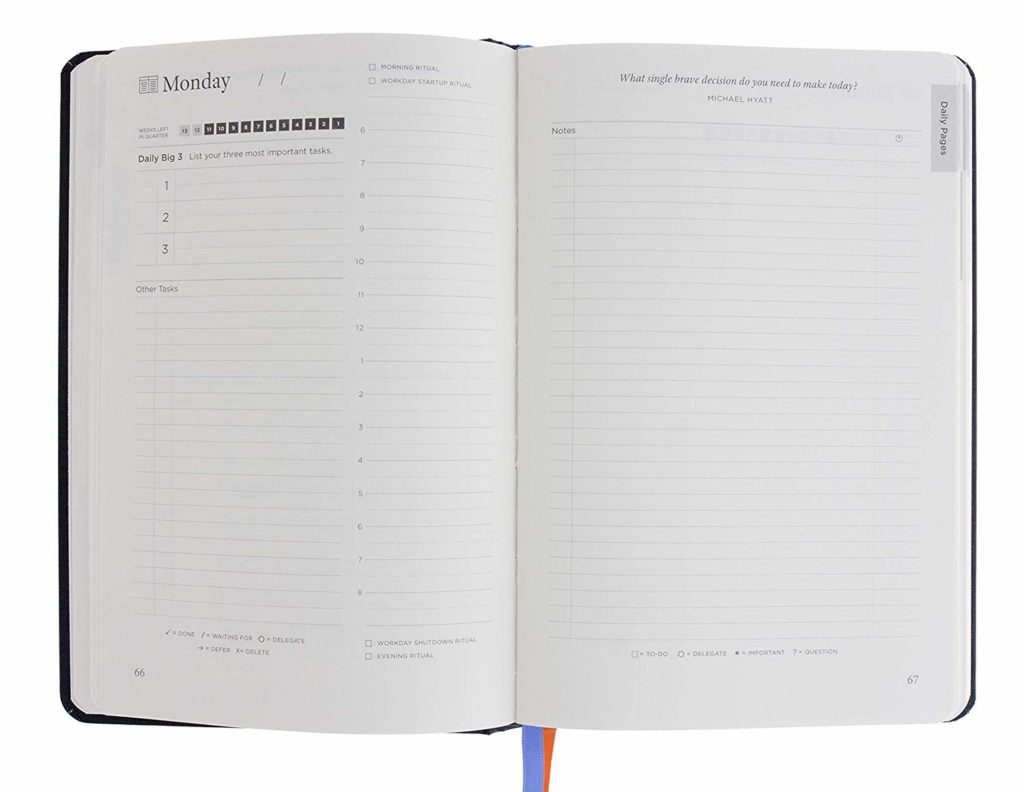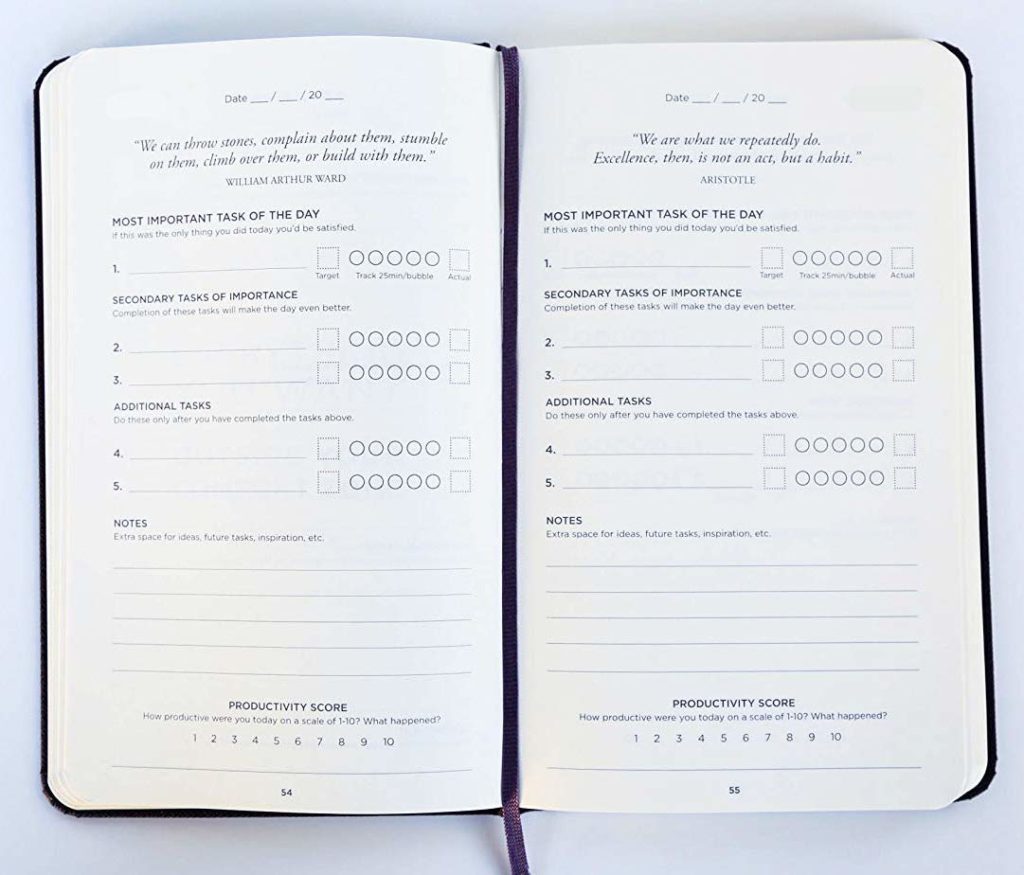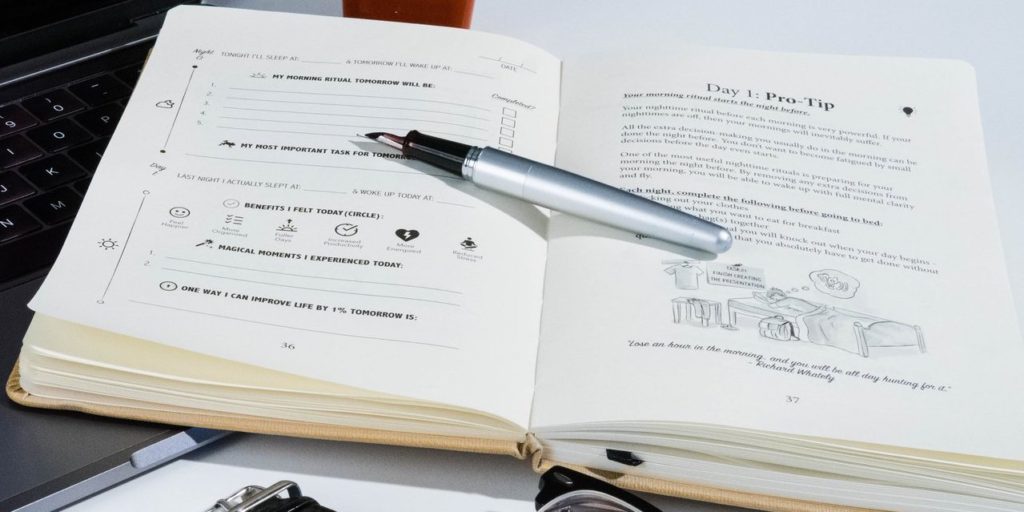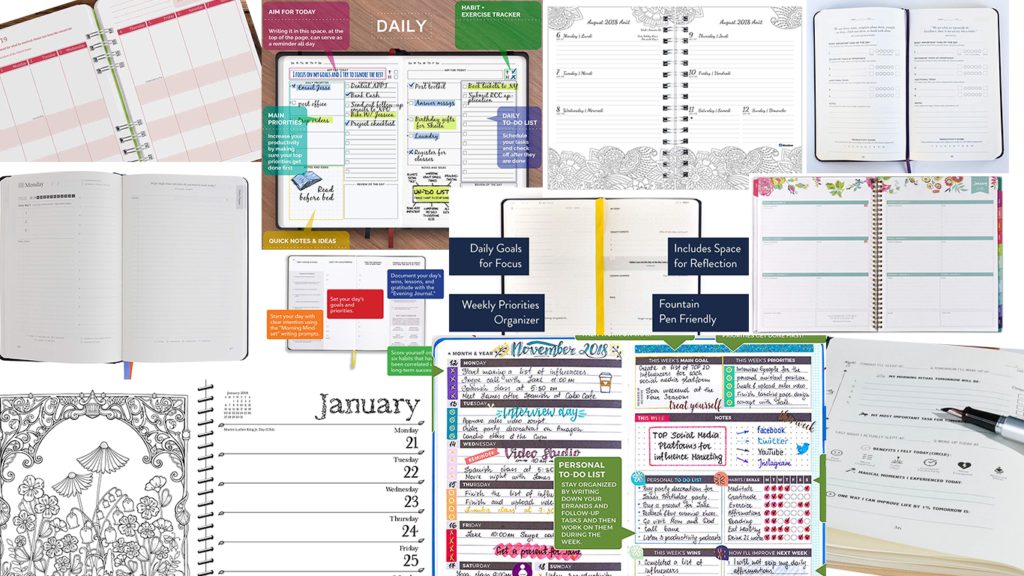
Somehow as soon as Christmas is over, my mind starts racing about the New Year. I haven’t been bullet journaling or doing anything productivity tracking related for months. Pregnancy and life with my littles has knocked the wind out of my sails in terms of goal hustling (see previous post), but there’s something about January 1 that inspires me again.
I even thought about starting to work out again! This is funny mostly because I’m actually on Doctor ordered “reduced mobility” for a few weeks due to some concerning contraction patterns. So exercise is not a good idea.
So now I’ve been bit by the New Year bug and it got me thinking about planners.
Bullet Journaling vs Planners
Somehow I haven’t been blogging much about bullet journaling, but I’ve posted quite a bit on my personal Instagram over the years. I really like it because of the flexibility. You can do what you want from week to week and if you fall out of the habit, you don’t have all kinds of blank pages to remind you of that lost habit!
However, like many of you (and the reason so many told me you haven’t given it a try), I no longer have/make the time for it. It used to be an enjoyable therapeutic thing to do lots of colouring and designing on it. No longer. I’ve still been using my “bujo” to make and keep lists. It’s become a more minimalist bujo, which is still very useful. What you might find more useful, is a bullet journal-type planner that is already set-up for you. Or, you like a traditional style. I never have. I keep all of my day planning appointments etc in my Google Calendar app on my phone. Everything else is in my planner. Usually this means, meal plans, daily trackers, and to-do lists. Lately, it means only meal plans and to-do lists.
Check out the summary list below. Click on the pictures to be linked to Amazon to see more photos and features. You can also find the whole list here.
Traditional(ish) Planners
Orange Circle Studio 2019 Do It All Planner
Who it’s good for:
- if you’re tracking a few different things in a day. This could be either different family members or home life and work life etc.
- if you like pretty things. There are 5 different cover styles to choose from
Features:
- stickers
- spiral bound
- colourful
Katie Daisy 2018 – 2019 On-the-Go Weekly Planner:
Who it’s good for:
- if you like pretty things
- if you don’t need a lot of space to write what you need to
Features:
- 17-moth planner (starts in 2018)
- colourful
- fun quotes
- spiral bound
DayDesigner:
- People who have daily to-do lists
- If you don’t need your schedule written down
- you like a little colour
Features:
- to-do lists each day
- space for weekly top 3 priorities, notes, gratitude
- inspirational quotes
- goal pages at the beginning
- comes in 2 sizes and multiple cover designs
- monthly tabs
- spiral bound
OrganizeIt Weekly Planner:
- Someone who doesn’t need a ton of space each day
- Weekly notes/summary area. One reviewer explained, “at the end of each week there are both a notes page and a preview page to write down those tasks of importance for the upcoming month.”
Features:
- softcover
- several design options
- black and white interior
- cost-effective (between $10-$15)
- inspirational quotes
Pretty Simple Planner:
- Someone who likes the DayDesigner but wants a slimmer/softcover version
- Likes fairly minimalist interior
Features:
- daily to-do lists
- multiple cover options
- softcover
- minimalist interior
Nomatic Planner
- someone who needs lots of functionality and features
Features:
- whiteboard paper
- 3 bookmarks
- a pen holder elastic
- 2 elastics to keep pages in place and book closed
- comes in black and mint covers
- hardcover
Blueline DoodlePlan
Who it’s good for:
- Someone who likes colouring more than planning
- If you don’t need much space for planning but do need somewhere to write things down
Features:
- Spiral bound
- Colouring pages
- Monthly and Weekly spreads
Panda Planner Colour
Who it’s for:
- Someone who likes colouring pages as well as a full action planner
- Someone who wants space for daily schedules
Features:
- colouring pages
- Weekly spreads with daily columns
- weekly tasks, priorities, daily gratitude space, daily thankful space
Minimalist (Undated) Day Planner by Action Publishing
- a true minimalist
- someone who likes to colour or draw on their pages
Productivity Planners
The SELF Journal: The Day Planner, Goal Setting System, Journal for Doers
- People who like to record more than just what they’re doing in a day
- Goal oriented people
Features:
- smaller design
- space for weekly priorities, space for reflection, daily goals, big-picture goals
- a part of a productivity series that includes weekly action pads etc.
- fairly minimalist design
High Performance Planner
- If you read and enjoyed High Performance Habits, this follows that system
- Someone who needs constant prompts and guidance in reaching their goals/productivity desires
Features:
- A LOT of prompts and guides on every page.
- Daily, weekly, monthly reviews etc
The Clever Fox Planner
- Contains an organizer, calendar and gratitude journal to boost productivity, happiness and hit your goals in 2019
- A bullet journaler who doesn’t have time to do daily layouts
- Someone who likes to record daily tasks, reflections, habit trackers etc
Features:
- black or brightly coloured covers (blue, pink, purple, rose, orange, turquoise, black)
- stickers!
- daily habit tracking space
- main goals, priorities, to-do list space, daily dot grid section for jots
- other planning pages throughout the book including mind map space
Full Focus Planner
- If you love Michael Hyatt and his systems
- Claims to help set annual goals, increase focus, eliminate overwhelm, and achieve your biggest goals on top of being an agenda organizer
Features:
- Daily spreads include a page for tasks, lists, and trackers, and a second page for notes
- two ribbons
- Goal Templates – to detail the specifics of your goals and help you reach them faster.
Ideal Week Template – to plot out what your perfect week should look like.
Monthly Calendars – to get a glimpse of the entire year when you plan your big goals.
Rolling Quarters – to get a closer look at your quarters when planning.
Daily Rituals – to design routines for your mornings and evenings that make you extra productive.
Daily Pages – to plan your days with your to-do lists and priorities separated.
Weekly Review – to look back, correct what went wrong, and make the next week better than the last.
Quarterly Review – to celebrate the wins of your quarter and move forward with confidence.
Productivity Planner by Intelligent Change
- Amazon says it’s frequently purchased with the book The Subtle Art of Not Giving a F*ck by Mark Manson
- Someone who mainly wants to keep tabs on their daily movement toward goals and productivity
Features:
- undated daily pages
- smaller size
- Weekly and daily planning pages + a weekly review page
Cossac Planner
Features:
- Premium quality ivory colour paper (100 GSM)
- Simple and highly functional journal layout
- Habit+Health tracker
- 2 bookmarks + 2 elastic bands
- Back and front pockets
- Non-dated calendar
- Eco-friendly materials
Morning Sidekick Journal
- A morning routine person who wants to track day and and goals
- Someone who needs guidance in achieving their goals: “Our morning planner uses 3 phases to help you get the ball rolling and keep up momentum with your morning productivity, morning energy, and overall health”
Features:
- Multi-phase planning system
- Daily tips bite-sized, actionable piece of content that you can apply immediately to improving your mornings.
Let me know!
In the past I have tried Simplified Planner, Passion Planner, and the Action Method Book. None of them ever really “stuck” for me. Out of all of these, I think the one I’m the most interested in is the Clever Fox Planner because it has the most features like what I would write out in my bujo.
Was this helpful? Do you have other planners to add? Leave me a comment with suggestions or whether you went ahead and bought one of these (these are not affiliate links). If you want to look at them all in a smaller list, you can find them on this Amazon list I made.

